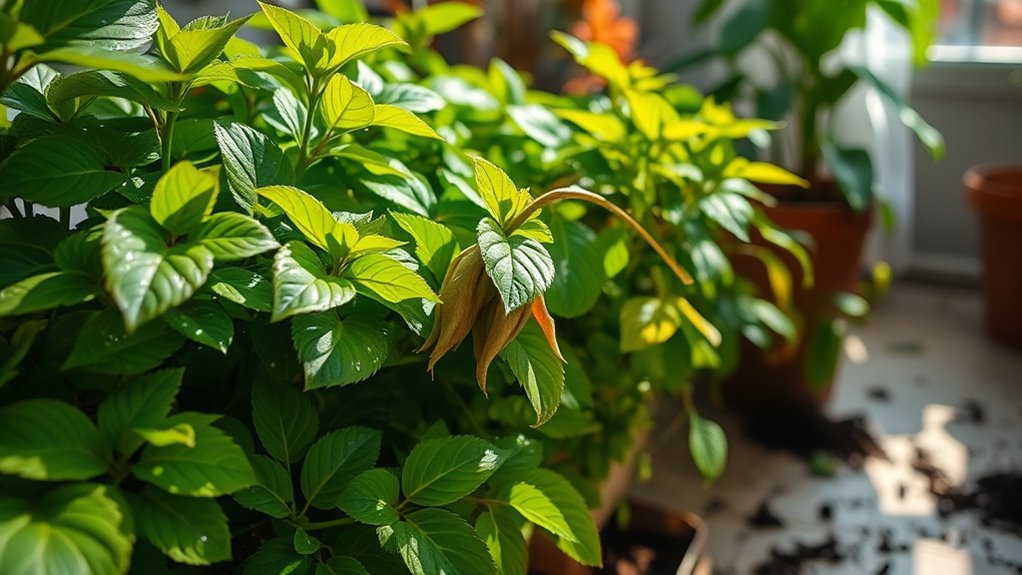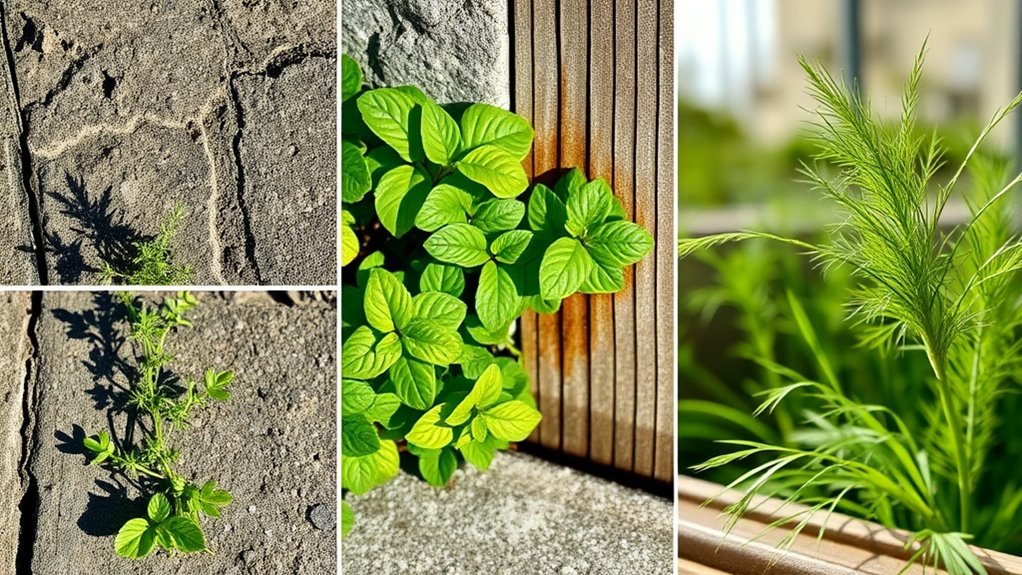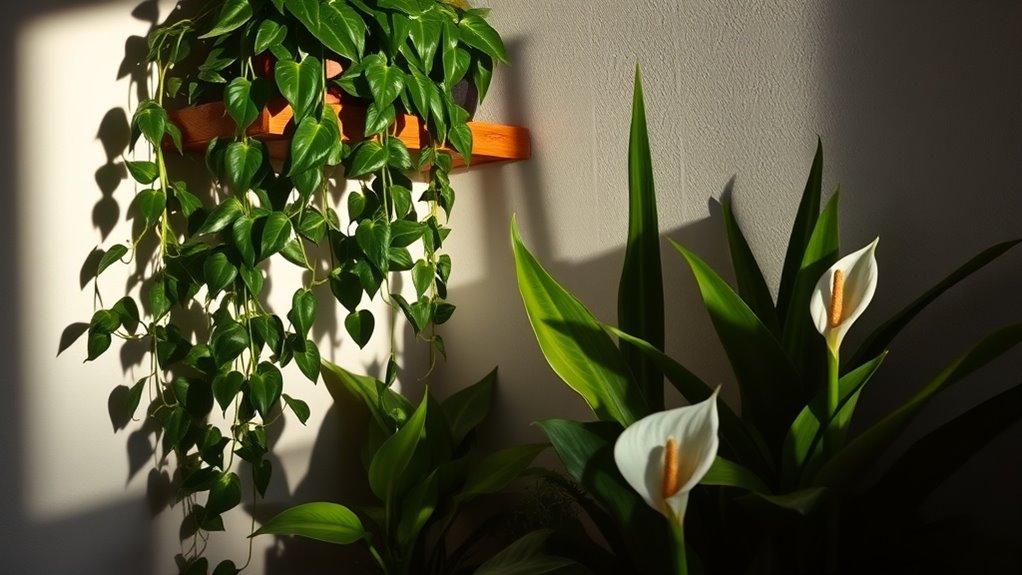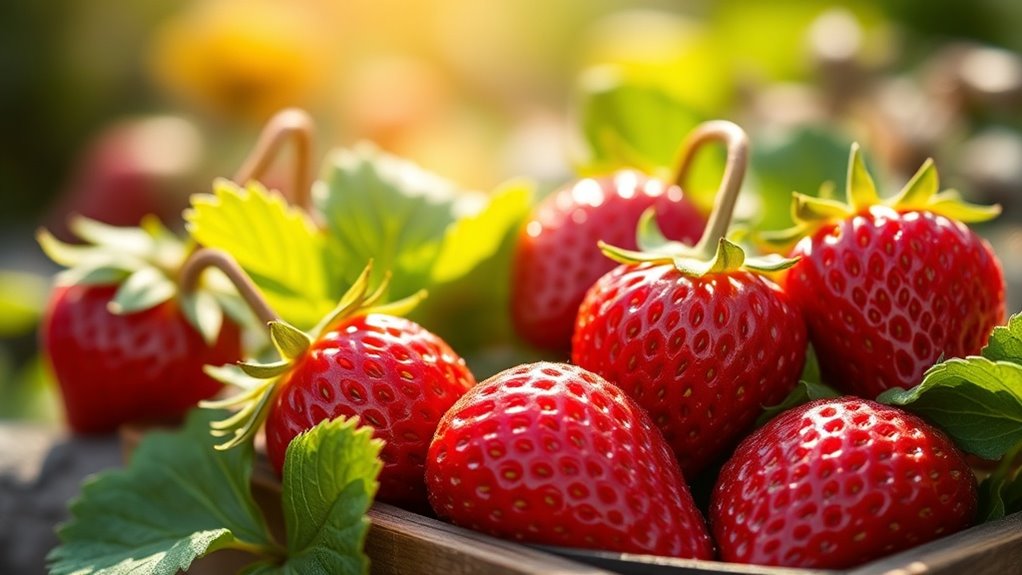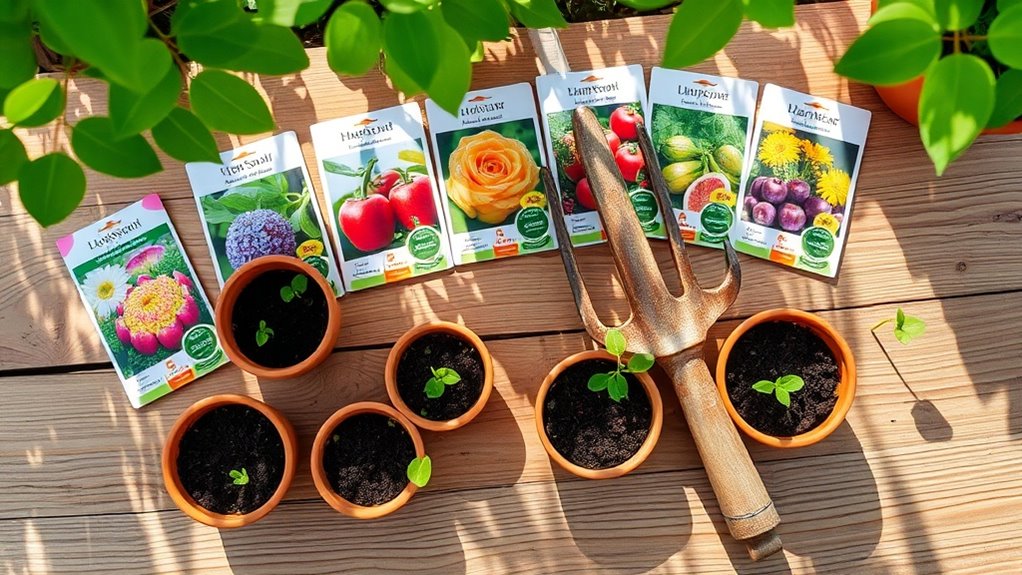The One Thing You Should Never Do to Indoor Plants
When caring for indoor plants, it’s crucial to avoid one significant mistake: overwatering. This common error can lead to serious consequences, including waterlogged soil that suffocates roots and promotes rot. You might notice yellowing leaves or wilting as signs of distress. Understanding the delicate balance of moisture is essential for maintaining plant health. So, how can you ensure your plants thrive without falling into the overwatering trap? Let’s explore the key factors to consider.
Key Takeaways
- Never overwater your indoor plants, as it can lead to root suffocation and decay.
- Avoid placing plants in poorly draining pots, which can cause waterlogging and nutrient issues.
- Do not ignore signs of stress, such as yellowing leaves or wilting, as they indicate improper care.
- Refrain from grouping all plants together without considering their specific humidity and light needs.
- Never skip checking soil moisture before watering to prevent overwatering or underwatering.
Understanding the Importance of Proper Watering
How crucial is proper watering for your indoor plants?
It’s vital for their survival and health.
One of the most common indoor plant care mistakes is inconsistent watering, which can lead to stress and stunted growth.
Overwatering or underwatering disrupts the plant’s ability to absorb nutrients and oxygen.
To avoid these pitfalls, always check the soil moisture before watering.
Use well-draining pots and consider the specific needs of each plant species.
Remember, it’s not just about quantity; the quality of water matters too.
Tap water’s chlorine can harm sensitive plants, so let it sit out before use. Additionally, overwatering plants can lead to root rot, which is often irreversible.
Signs of Overwatering in Indoor Plants
If you notice yellowing leaves on your indoor plants, it’s a clear sign that you might be overwatering. This condition can lead to root rot, where the roots become mushy and brown, hindering their ability to absorb nutrients. Recognizing these symptoms early can save your plants from severe damage. Additionally, the symptoms of overwatering can include wilting, despite the soil being wet, and a general decline in plant health.
Yellowing Leaves Indicator
One of the most telling signs of overwatering in indoor plants is the appearance of yellowing leaves.
When you notice this change, it signals that your plant is struggling.
Understanding these signs can help you save your beloved greenery.
- Leaves droop and lose their perky appearance
- New growth appears stunted or absent
- The plant feels heavier due to excess moisture
- Soil remains soggy despite being watered recently
- Foul odors emanate from the potting mix
Addressing these symptoms promptly can prevent further damage and restore your plant’s health.
Keep an eye on your plant’s condition to ensure its thriving.
Root Rot Symptoms
Yellowing leaves can often be the first indication of overwatering, but the more severe condition of root rot is what you need to watch for next.
Symptoms include wilting despite moist soil, a musty odor emanating from the pot, and roots that appear brown or mushy rather than firm and white.
You might also notice stunted growth and leaf drop.
If you see any of these signs, it’s crucial to act quickly.
Reduce watering immediately and consider repotting your plant in fresh, well-draining soil to encourage recovery.
Monitoring moisture levels is essential to prevent root rot in the future.
The Dangers of Waterlogged Soil
Waterlogged soil can spell disaster for your indoor plants, creating an environment where roots suffocate and decay.
When your plants sit in excess water, they struggle to absorb oxygen, leading to malnourishment and decline.
You might notice:
- Leaves yellowing and dropping
- Stunted growth or wilting
- A foul odor from the soil
- Fungal growth or mold on the surface
- Increased vulnerability to pests
These signs indicate that your plants are suffering. To keep your indoor garden thriving, it’s crucial to maintain proper watering practices and ensure your pots drain effectively, preventing the harmful effects of waterlogged soil. Additionally, overwatering is a common mistake that many plant owners make, exacerbating the issue.
The Role of Drainage in Plant Health
Effective drainage is vital for maintaining healthy indoor plants.
Without it, excess water can accumulate, leading to root rot and fungal diseases.
When choosing pots, opt for those with drainage holes to facilitate proper water flow.
Additionally, use well-draining soil mixes that encourage aeration and prevent compaction.
Consider adding materials like perlite or coarse sand to enhance drainage.
Monitor your plant’s root system; if you notice a decline, check the soil moisture level.
Remember, healthy roots require both moisture and oxygen, making effective drainage essential in promoting vigorous growth and overall plant vitality.
In fact, improper drainage is one of the most common reasons indoor plants struggle to thrive.
Prioritize drainage for thriving indoor plants.
How to Determine When to Water Your Plants
To determine when to water your plants, start by checking the soil moisture with your fingers or a moisture meter. Pay attention to the condition of the leaves, as wilting or yellowing can indicate a need for water. Additionally, you can lift the pot to assess its weight; a light pot usually means it’s time to water. It’s also important to consider the ideal watering schedule, as different plants may have varying needs based on their type and environmental conditions.
Check Soil Moisture
How can you tell if your indoor plants are thirsty?
Checking soil moisture is key.
Stick your finger about an inch into the soil; if it feels dry, it’s time to water.
You can also use a moisture meter for a more accurate reading.
- Overwatering can drown roots, causing stress.
- Dry soil leads to wilting, making your plant look sad.
- Inconsistent moisture creates an unstable environment.
- Healthy soil promotes vibrant growth and lush foliage.
- A well-watered plant enhances your living space’s beauty.
Stay attentive, and your plants will thrive with the right care!
Observe Leaf Condition
Leaf condition serves as a reliable indicator of your plants’ hydration needs.
When leaves droop, curl, or become crispy, it often signals insufficient moisture. Conversely, overly plump or yellowing leaves can indicate overwatering.
Examine the color and texture; vibrant, firm leaves suggest adequate hydration, while dull or wilting ones point to distress.
Pay attention to new growth as well; if it appears stunted, your plant might be thirsty.
Regularly observing these signs helps you adjust your watering schedule effectively, ensuring your indoor plants thrive.
Monitor Pot Weight
Have you ever wondered how much your pot weighs when it’s adequately watered?
Monitoring pot weight is a reliable method to determine when to water your plants.
When the soil is dry, the pot becomes noticeably lighter.
To gauge moisture levels effectively, lift your pot before and after watering, noting the difference.
- Feel the joy of thriving greenery.
- Experience the relief of healthy roots.
- Avoid the heartbreak of wilting leaves.
- Discover the simplicity of nature’s needs.
- Embrace the satisfaction of successful plant care.
Alternative Watering Methods for Indoor Plants
Ever wondered how to keep your indoor plants thriving without the usual watering can? Consider using a self-watering pot, which employs a reservoir system to maintain consistent moisture levels.
Alternatively, try drip irrigation, where a slow-release system delivers water directly to the roots. You can also use a moisture meter to monitor soil hydration and automate watering with a smart system.
Another method is the “wicking” technique, where a cotton wick draws water from a reservoir into the soil. These methods reduce overwatering risks while ensuring your plants receive adequate hydration and promote healthier growth. Additionally, using fresh herbs indoors can enhance the indoor environment and provide culinary benefits.
Tips for Maintaining Optimal Humidity Levels
Maintaining optimal humidity levels is crucial for plant health.
Consider these practical tips:
- Use a hygrometer to monitor humidity levels.
- Group plants together to create a microclimate.
- Mist your plants regularly for a refreshing boost.
- Place a humidifier in the room to maintain consistent moisture.
- Use pebble trays filled with water beneath pots for natural evaporation.
Additionally, incorporating resilient indoor plants can help ensure your indoor garden thrives even with minimal attention.

